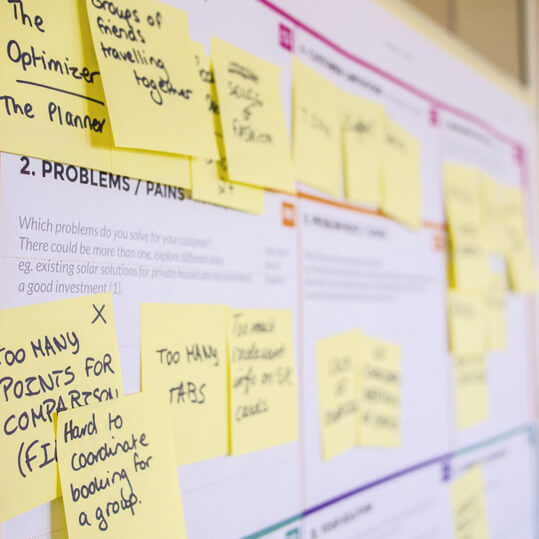A page can be optimized for up to five key phrases, but it is better to have more niche pages than fewer unfocused pages.
Optimizing content
Content is the most important part of your website: create relevant, targeted content aimed at your selected key phrases.
As you know from the content strategy chapter, content already has several roles to play on your site:
- It must provide information to visitors.
- It must engage with them.
- It must persuade them to do what you want.
Now it must also send signals of relevance to search engines. You need to use the keywords on the content page in a way that search engines will pick up, and users will understand.
Each web page should be optimized for two to three key phrases: the primary key phrase, the secondary and the tertiary. A page can be optimized for up to five key phrases, but it is better to have more niche pages than fewer unfocused pages.
Here are some guidelines:
- Title tag: use the key phrase in the title and as close to the beginning as possible.
- H1 header tag: use the key phrase in the header tag, and as much as possible in the other H tags.
- Body content: use the key phrase at least three times, more if there is a lot of content and it makes sense. You should aim for about 350 words of content. But don’t overdo it! That could look like spam to the search engines.
- Bold: use <strong> tags around the keyword at least once.
- URL: try to use the key phrase in your page URL.
- Meta description: use it at least once in the Meta description of the page, which should entice users to click through to your site from the SERP.
- Link anchor text: try to ensure that the keyword is used in the anchor text of the pages linking to you.
- Domain name: if possible, use the key phrase in your domain name.
Optimizing media
Images, videos, and other digital assets should also be optimized with the relevant keywords. Search engines cannot decipher multimedia content as well as text, so they rely on the way that media is described to determine what it is about. Screen readers also read out these descriptions, which can help visually impaired users make sense of a website. In addition, media such as images and videos are often also shown on the SERPs.
Proper optimization can give a brand more ownership of the SERP real estate, and can also be used effectively to target competitive terms. Just as rich media can help emphasize the content on a page to a visitor, they can also help search engines to rank pages, provided they are labelled correctly.
Here are some ways to optimize images with key phrases for SEO:
- Use specific alt tags and title attributes.
- Add meta information to the image. Make sure this information is relevant.
- Use descriptive captions, and keep a relevant copy close to the corresponding media. For example, an image caption and neighbouring text will help to describe the content of the image.
- Make sure that the header tags and images are relevant to each other.
Also think about what other digital assets you have, and whether these can be optimized in line with your key phrase strategy. For example, consider app store optimization (ASO) – the process of optimizing your mobile and web apps for the specific web stores they are distributed in.
app optimizing
Here are some ways in which you can optimize your apps:
- include a distinctive, recognizable, and clear icon.
- Spell out the features and benefits clearly, including key phrases where possible.
- In your app store listing, add links to your major social media platforms and your website – and don’t forget to link the other way too!
- Include as much Metadata as you can, including tags, categories, and descriptions (this will depend on the app store in question) (Bulygin, 2013).
The best way to ensure results is to focus on writing quality content while sticking to a few guidelines on tags and URLs. Remember, you want search engines to rank you highly for your content, but you also want to ensure that the content is a pleasure to read.
Regularly adding fresh, valuable content will also encourage the search engines to crawl your site more frequently.
Use your website and its pages to establish and reinforce themes. Information can always be arranged in some kind of hierarchical structure. Just as a single page can have a heading and then get broken down into sub-headings, a large website can have main themes that get broken down into sub-themes. Search engines will see these themes and recognize your website as one with rich content.





